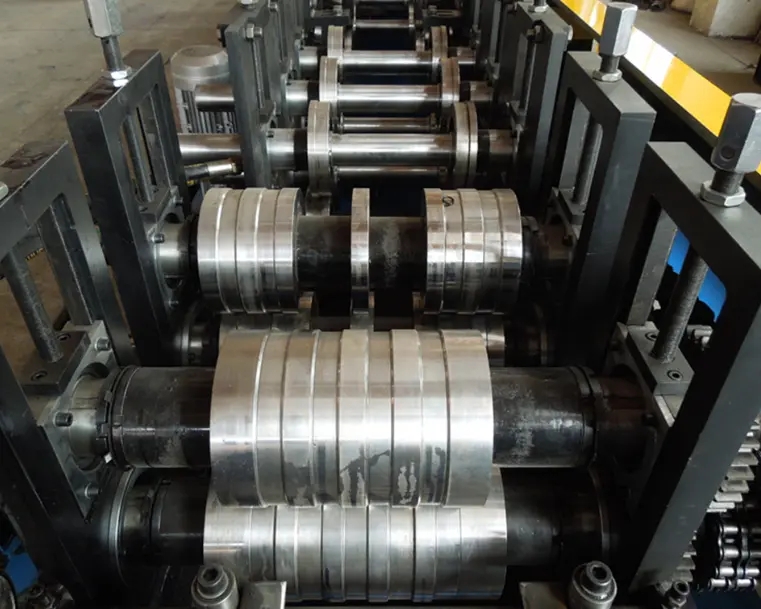
Understanding Cut-to-Length Production Lines
In today's fast-paced manufacturing environment, efficiency and precision are paramount. One method that has gained significant traction in industrial settings is the cut-to-length production line. This manufacturing process is particularly beneficial for industries that require materials to be fabricated to specific lengths without the need for further processing, making it a preferred choice for producers of metal sheets, coils, and various types of products.
What is a Cut-to-Length Production Line?
A cut-to-length production line is a system designed to process long materials, such as steel or aluminum coils, into shorter, predetermined lengths. The process begins with the feeding of a continuous coil into the line, which is then cut to the required lengths through a series of tailored machinery. These lines often comprise several key components, including an unwinder, leveller, shear, and stacker, each playing a crucial role in ensuring the efficiency and precision of the final product.
Key Components of a Cut-to-Length Line
1. Unwinder The unwinder is the initial segment of the line and is responsible for safely and smoothly unrolling the coil. It typically features a tension control system to prevent any deformation of the material during the unwinding process.
2. Leveller This component is essential for correcting any flatness defects in the material. The leveller ensures that the material is perfectly flat before it moves to the cutting area. This step is critical as flatness directly impacts the quality and usability of the finished product.
3. Shear The shear is where the actual cutting takes place. It can be a mechanical or hydraulic system, designed to sever the material at precise locations based on predetermined measurements. High-speed shears often enhance productivity while maintaining the integrity of the material.
4. Stacker After cutting, the pieces need to be collected, organized, and sometimes bundled for shipping or further processing. The stacker automates this task, loading finished products onto pallets or conveyors, ready for distribution or storage.
Advantages of Cut-to-Length Production Lines

Implementing a cut-to-length production line offers numerous advantages for manufacturers
1. Increased Efficiency By automating the cutting process, manufacturers can significantly reduce the time required to produce finished products. This efficiency leads to higher output levels and helps meet market demand promptly.
2. Improved Quality Control The precision involved in the cut-to-length process minimizes material wastage and enhances overall product quality. Consistent lengths and a flat product surface reduce the risks of defects, leading to greater customer satisfaction.
3. Flexibility Cut-to-length systems can be easily adjusted to accommodate various lengths and thicknesses, making them versatile for different production runs. This adaptability allows manufacturers to respond swiftly to changing market demands.
4. Cost-Effectiveness While the initial investment in a cut-to-length production line might be substantial, the long-term savings gained from reduced labor costs, efficient material usage, and enhanced production speed often outweigh the upfront expenditures.
Applications Across Industries
The applications of cut-to-length production lines are diverse. Industries such as automotive, construction, and appliance manufacturing rely on these systems to produce components that meet specific lengths and standards. Additionally, the metal processing industry predominantly uses cut-to-length systems for fabricating sheets and plates from large coils, which are then used in various products.
Conclusion
In summary, cut-to-length production lines are vital components in modern manufacturing processes. They integrate efficiency, quality, and flexibility into the production of various materials, ensuring that businesses can meet the demands of a competitive marketplace. As technology continues to advance, the capabilities of cut-to-length systems are also expected to evolve, further optimizing manufacturing processes and enhancing product quality. Companies looking to improve their production strategies would do well to consider the advantages of incorporating cut-to-length production lines into their operations.